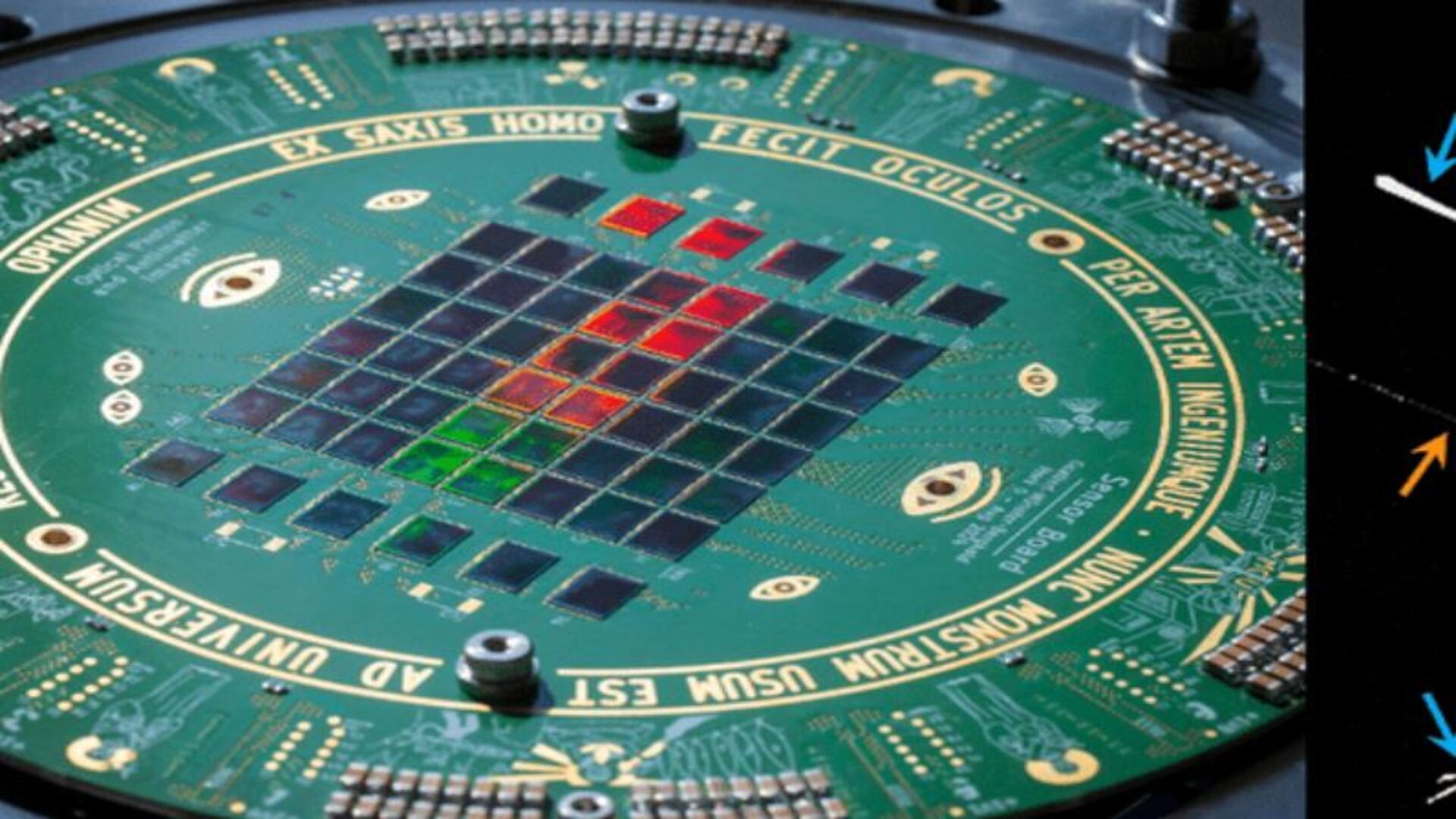Scientists plan 3.84 Gigapixels virtual sensor made of 60 smartphone cameras to detect elusive antiproton annihilation events
Sixty cameras form one detector for antimatter research

- OPHANIM combines everyday tech with high-end scientific imaging capability
- Antimatter detection is now possible using repurposed smartphone camera tech
- Gigapixel device could reveal fine details of particle collisions instantly
At CERN’s Antimatter Factory, the AEgIS collaboration is exploring a novel approach to detecting one of nature’s rarest phenomena: antiproton annihilation.
eeNews reports the team, led by Professor Christoph Hugenschmidt from the Technical University of Munich (TUM), has developed an experimental detector using sensors originally designed for mobile phone cameras.
Instead of creating a new sensor system from scratch, the researchers repurposed sixty 64-megapixel mobile camera sensors to form a 3.84-gigapixel array called OPHANIM, short for Optical Photon and Antimatter Imager. This composite detector can observe where antiprotons collide with matter, annihilating in a flash of energy.
From mobile phones to antimatter research
“For AEgIS to work, we need a detector with incredibly high spatial resolution, and mobile camera sensors have pixels smaller than 1 micrometer,” explains Francesco Guatieri, Principal Investigator at TUM.
To adapt the sensors for scientific use, the team had to employ intensive micro-engineering to remove the camera sensors of layers meant for mobile phone electronics.
“We had to strip away the first layers of the sensors, which are made to deal with the advanced integrated electronics of mobile phones,” says Guatieri. This process enabled the sensors to directly capture the light patterns associated with annihilation events.
Despite their origins, the mobile sensors do not compromise performance. In fact, the new detector offers a 35-fold improvement in real-time resolution over earlier methods.
Are you a pro? Subscribe to our newsletter
Sign up to the TechRadar Pro newsletter to get all the top news, opinion, features and guidance your business needs to succeed!
“Previously, photographic plates were the only option, but they lacked real-time capabilities,” Guatieri adds.
“Our solution, demonstrated for antiprotons and directly applicable to antihydrogen, combines photographic-plate-level resolution, real-time diagnostics, self-calibration and a good particle collection surface, all in one device.”
The OPHANIM detector allows researchers to observe annihilation events in real time with a resolution of about 0.6 micrometres, fine enough to distinguish between different particles created during the process.
"This is a game-changing technology for the observation of the tiny shifts due to gravity in an antihydrogen beam travelling horizontally, and it can also find broader applications in experiments where high position resolution is crucial, or to develop high-resolution trackers," says AEgIS spokesperson Dr. Ruggero Caravita.
"This extraordinary resolution enables us also to distinguish between different annihilation fragments, paving the way for new research on low-energy antiparticle annihilation in materials."
The implications of this work extend beyond antimatter research. OPHANIM’s ability to track particles with such precision could benefit a wide range of experiments, all while offering a low-cost model built from existing consumer technology.
You may also like

Efosa has been writing about technology for over 7 years, initially driven by curiosity but now fueled by a strong passion for the field. He holds both a Master's and a PhD in sciences, which provided him with a solid foundation in analytical thinking. Efosa developed a keen interest in technology policy, specifically exploring the intersection of privacy, security, and politics. His research delves into how technological advancements influence regulatory frameworks and societal norms, particularly concerning data protection and cybersecurity. Upon joining TechRadar Pro, in addition to privacy and technology policy, he is also focused on B2B security products. Efosa can be contacted at this email: udinmwenefosa@gmail.com
You must confirm your public display name before commenting
Please logout and then login again, you will then be prompted to enter your display name.